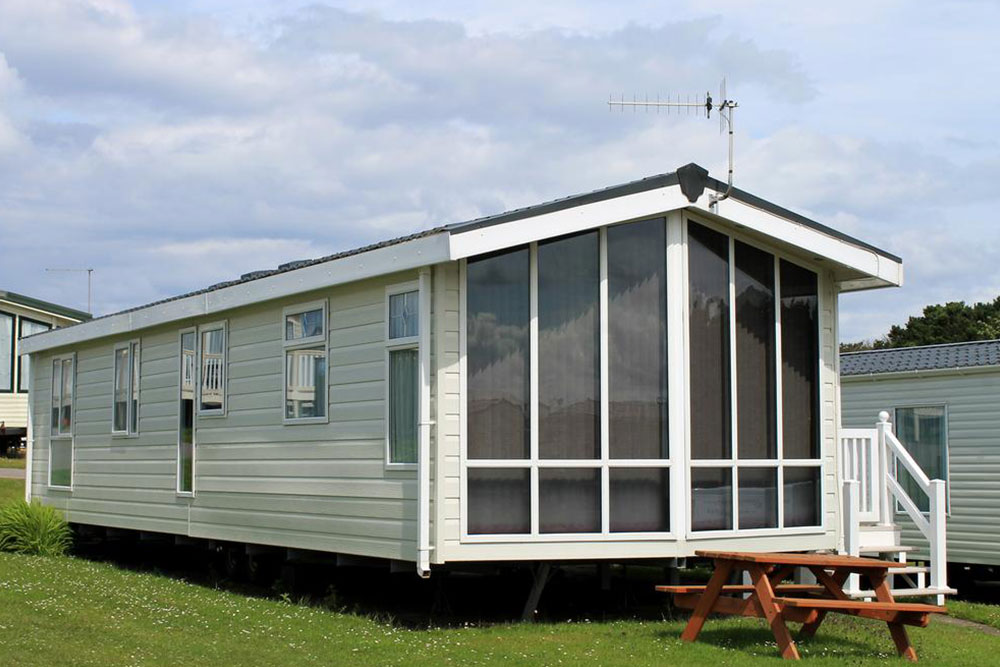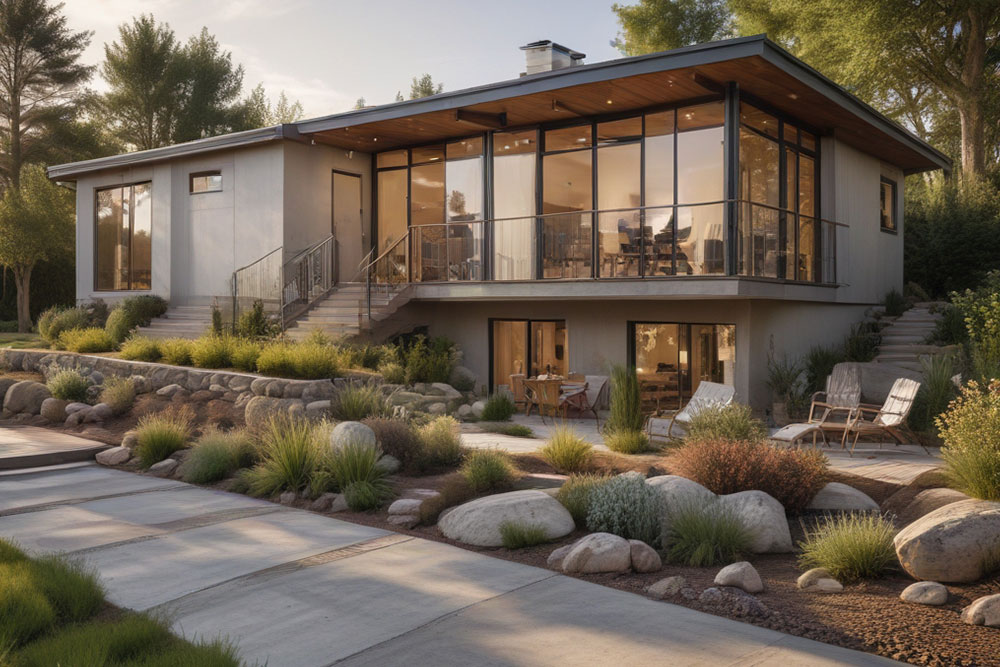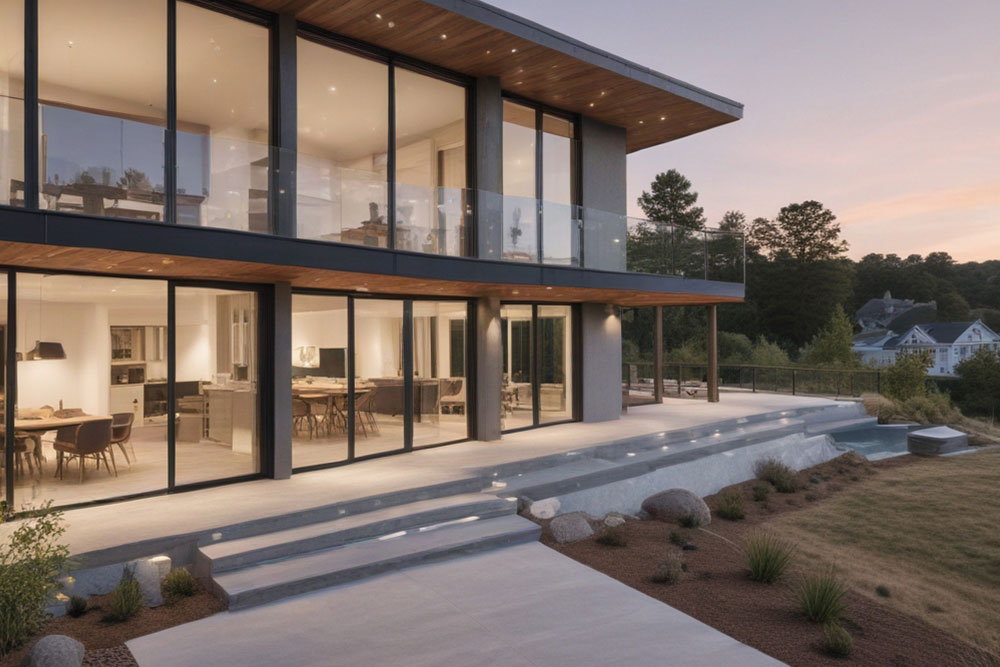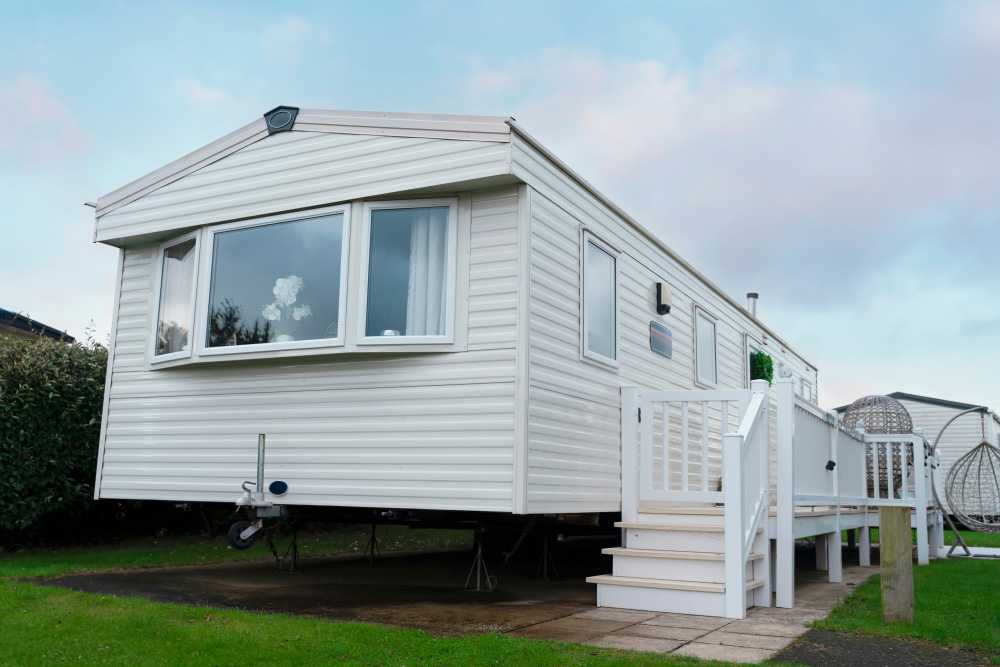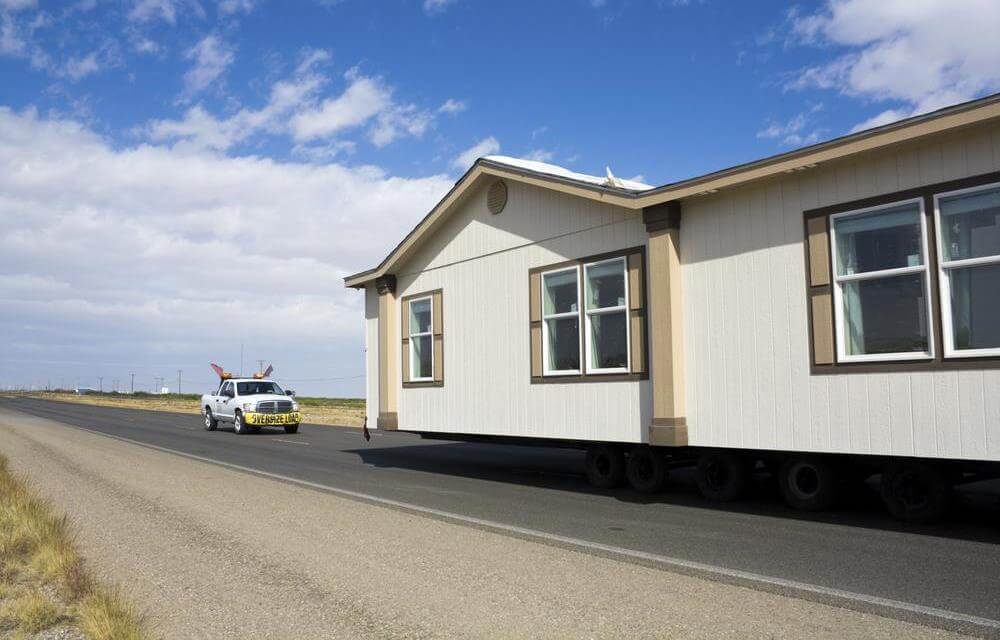Exploring the Rise of Small and Tiny Homes in Modern Living
Discover how small and tiny homes are transforming modern lifestyles through affordability, sustainability, and mobility. This article explores the benefits, types, and challenges of adopting minimalistic living arrangements, highlighting their appeal for different demographics and financial independence seekers across the country.
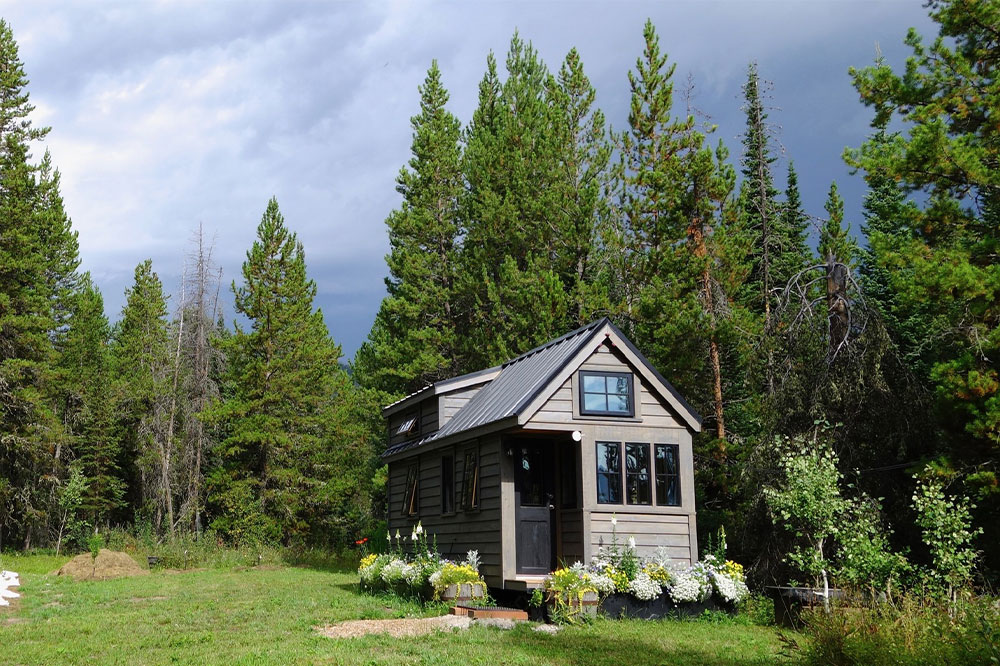
Small and tiny homes are redefining housing trends by emphasizing minimalist living and affordability. The tiny house movement, gaining momentum especially after the 2008 economic downturn, encourages downsizing to enhance financial freedom. Typically ranging from 70 to 500 square feet, these dwellings are often built at a fraction of traditional home costs, allowing owners to avoid debt and save for the future. Many owners forgo large mortgage payments, opting for sustainable, low-maintenance residences that support an eco-friendly lifestyle and greater mobility.
With average home sizes reaching around 2,600 square feet and costs exceeding $270,000, many Americans are turning to tiny houses, which can be constructed for approximately $23,000. This affordability appeals to a diverse group, including well-educated professionals earning substantial incomes. Tiny homes promote a simpler way of living with fewer possessions, reducing clutter and maintenance while also minimizing environmental footprints. Additionally, many tiny homes are mobile, built on wheels for flexible living arrangements.
Benefits of Small and Tiny Homes
Cost-effectiveness: Building and maintaining tiny homes is significantly cheaper, freeing homeowners from debt and increasing savings.
Environmental friendliness: Smaller size and often solar-powered, these homes have lower utility bills and environmental impact.
Simplified lifestyle: Minimalist living reduces materialism and clutter, aligning with the decreasing average family size.
Mobility: Many tiny homes are portable, allowing owners to relocate easily without restrictions.
Different Types of Small Homes
The movement identifies tiny houses (70-500 sq/ft) and small houses (over 500 to 1,000 sq/ft). The latter can suit families seeking compact yet functional living spaces. However, zoning laws and land availability can limit where tiny houses can be situated, often restricting them to specific regions or private land. Though suitable for singles or retirees, small homes might not fit everyone's needs, especially families needing more space or privacy. Challenges include limited privacy, potential hygiene issues with pets, and faster wear of furnishings due to confined space.
Ultimately, tiny and small homes appeal most to those valuing financial independence, eco-consciousness, and minimalism. While they aren’t ideal for everyone, they offer a practical, affordable alternative for modern living, especially for individuals looking to reduce living costs while maintaining mobility.
Note: The information shared aims to offer insights into current housing trends. Readers should consider local laws and personal needs before making decisions. The website isn’t responsible for discrepancies or updates beyond its scope.

